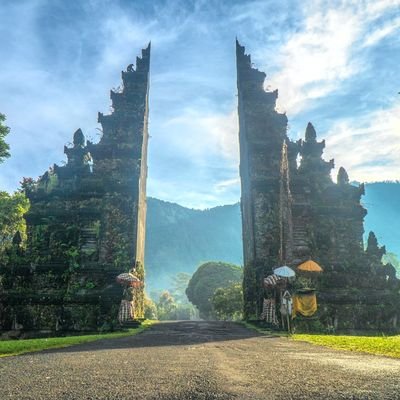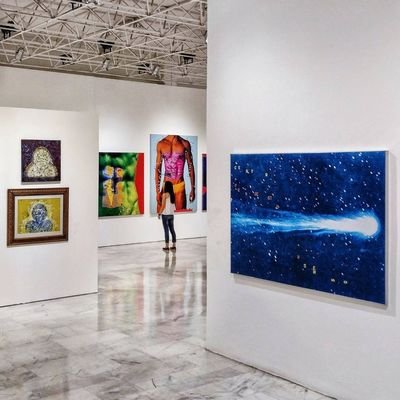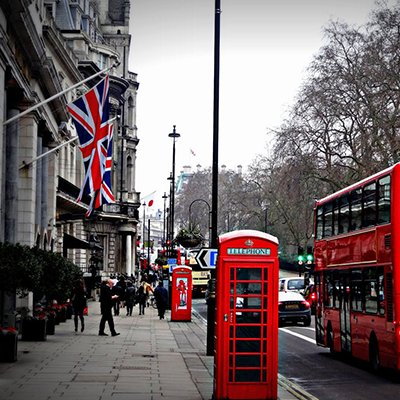Instagram has become a major deciding factor for how, where and why we travel. People are travelling to destinations just to take photographs to share on their Instagram accounts, hoping to grow their followers by visiting popular places. These locations that have become popular on social media are now stuck in a never-ending loop – the more people that arrive to take and share photos, the more popular they become.
Most of the places that have become Insta-famous have been ill-prepared for the influx of tourists that arrive with their smart phones. Locations such as Horseshoe Bend in America and Trolltunga in Norway are now swamped with people who want to get the perfect shot for their Instagram feeds. Between 2009 and 2014, visitors to Trolltunga rose from 500 to over 40,000, mostly fuelled by a desire to capture the perfect photo perched on the edge of the rock looking out over the fjord below.
Not only are fragile natural landscapes being destroyed by the huge numbers of tourists, but people’s lives are being put in danger in their attempts to capture the perfect shot. Visitors are frequently having to be rescued on the Trolltunga hike, ill-prepared for the strenuous climb. And we’ve all read the news reports of selfie-takers plummeting to their deaths after standing too close to the edge of dangerous cliffs.
Instagram has massively contributed to over-tourism all around the world, which has become a real problem for local infrastructure in places such Venice, Santorini, and Barcelona. Maya Bay in Thailand and Boracay in the Philippines are among the locations that have had to temporarily close due to overcrowding of visitors. As we seek to take the perfect travel photos, we encourage others to visit the same destinations and add to the problem.
in the Philippines are among the locations that have had to temporarily close due to overcrowding of visitors. As we seek to take the perfect travel photos, we encourage others to visit the same destinations and add to the problem.
Photos can be misleading though. Careful edits and crops can make destinations look very different to how they appear in real life, deceiving those who will decide where to go based on what they see on Instagram. A good example of this is the Gates of Heaven in Bali. Many Instagram photos of this beautiful location appear to show a reflective lake that isn’t actually there – it’s the result of a man holding a mirror below a phone while taking the photo. So many people have seen versions of this photograph that it has altered our perception of what the place actually looks like.
Instagram encourages people to travel for the sole purpose of taking photos and showing off, rather than actually exploring the world. Many Instagram hot spots now even charge a fee to take a photo at a particularly popular spot, with people queuing up to get the shot. It makes travel into a popularity contest rather than actually relaxing and enjoying yourself. Although it can also be a great platform for aspiring travel photographers to put their work out there.
It’s not all bad - Instagram has also been a force of good for tourism. It has massively changed the way that we travel, the way we plan our trips and the way that we decide where to go. You can choose who you follow and what content you consume, with a travel niche for anyone, whether you want to step off the beaten track or search for safe places to travel solo. Tourism boards frequently partner with content creators to promote destinations that need a boost in visitors, showing off the best of what that place has to offer and increasing visitor numbers to places that actually need and welcome tourists.
Instagram is accessible to anyone with a smartphone. Seeing real life people travelling around the world feels more inspirational and attainable than browsing glossy travel magazines or approaching a travel agent. In this way, Instagram has been a positive influence that encourages everyone to see more of the world and to take a pause to appreciate the beauty of each place they visit. You can see beautiful travel photographs of absolutely anywhere in the world almost immediately, reminding us that we don’t always have to travel far to experience incredible destinations.
Emma Lavelle is a UK based writer and photographer and has her own blog Field and Nest.















